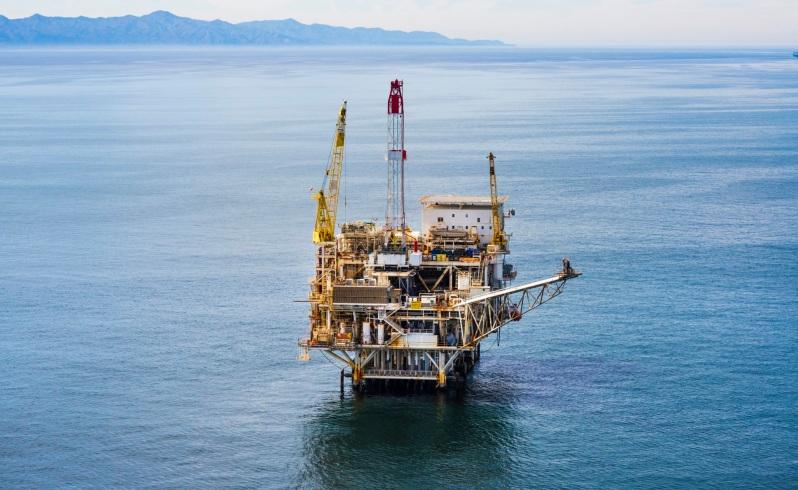Offshore Decommissioning in Asia Pacific Could Cost US$100 Billion


Decommissioning is a rapidly developing market sector in the petroleum business, with major potential and major risks. Decommissioning is a source of major liability for countries, operators, contractors, and the public, which must be understood if it is to be managed and cost effectively. Asia-Pacific is gearing up for increasing activity as more comprehensive guidelines and regulations are formed.
According to Wood Mackenzie’s latest analysis, decommissioning Asia Pacific’s offshore assets – nearly 2,600 platforms and 35,000 wells – could cost over US$100 billion.
Decommissioning in Asia Pacific appears to be a mammoth task for which the various stakeholders are largely unprepared. Unclear government regulations coupled with a general lack of experience in the region could mean a steep learning curve with high initial costs and potential for mistakes.
Asia upstream analyst Jean-Baptiste Berchoteau, Wood Mackenzie, said, “With over 380 fields expecting to cease production in the next decade, the magnitude and cost of work can no longer be ignored. Through learning from global decommissioning projects, the industry can adopt and adapt practices best suited for Asia Pacific’s own set of challenges.”
Wood Mackenzie has identified four levers to cut costs and decommission Asia Pacific on a budget:
- Transferring knowledge between regulators, operators and service sector firms
To establish a functional regulatory framework, it would be more efficient to adopt guidelines and processes already in place elsewhere in the UK or the Gulf of Mexico, rather than reinventing the wheel.
Operators, particularly those with extensive experience in offshore asset retirement, also have a key part to play in helping draft regulations. For instance, Chevron and Shell are already collaborating with Thai and Bruneian regulators respectively through knowledge transfer and pilot project initiatives.
“While the primary focus should be on cutting costs and maintaining health and safety standards, this is a great opportunity for countries in the region to develop service sector expertise through knowledge transfer,” remarked senior analyst, Prasanth Kakaraparthi.
- Choosing optimal commercial and contracting strategy
Sound project management and pragmatic contracting strategies are critical to avoid cost blowouts.
While the Majors have the necessary skills in-house, we expect other players to use project management companies to help execute the project on a strict timeline and within budget.
The three most common contracting strategies – lump sum, unit cost and day rate – are suited to different levels of risk. The well plug and abandon (P&A) phase is usually the riskiest as live hydrocarbons are involved and there is poor availability of data on well conditions.
As such, unit cost contracts, where the contractor performs well P&A or facility removal at a fixed cost per unit that includes a margin, appear better suited for projects in Asia Pacific.
- Adopting innovative technologies to cut cost
More recently, we have seen innovative approaches to conventional decommissioning with the potential for significant cost savings.
For instance, PETRONAS implemented the rig-to-reef solution on two platforms at the Dana and D-30 fields in Block SK-305 offshore Malaysia in 2017.
Rig-to-reef consists of using the decontaminated platform structures to create an artificial reef at a designated location. In addition to being significantly cheaper, rig-to-reef provides an eco-friendly solution for sustaining habitats for marine life. The technique is particularly attractive at water depths of 10 to 30 metres, where reef structures and associated marine life are the most prolific.
- Achieving economies of scale
On average, well P&A accounts for half of the decommissioning costs so any cost reduction in this category will have a significant impact – about 30% to 50% cost reductions have already been observed in the Gulf of Mexico and the UK on rig daily rate or unit rate contracts. For areas with a large number of ageing wells and platforms, batch decommissioning offers huge cost-saving opportunities.
This approach could be extended further across blocks with different operators, with participants jointly contracting for a larger piece of work, thus reducing per unit costs.
“While the decommissioning situation in Asia Pacific might look grim at the moment, we note that Chevron is taking a proactive approach in the Gulf of Thailand, and we expect the Major to set a benchmark for large scale decommissioning costs in the region,” concluded analyst Jean-Baptiste Berchoteau.
Decommissioning & Abandonment is a 3-day training course held on 29 – 31 October 2018 (Perth), 3 – 5 December 2018 (Kuala Lumpur), where delegates will have with a comprehensive understanding of the key aspects of decommissioning The course will be delivered by a trainer who is a recognized expert in the field of decommissioning. Delegates will have a unique opportunity of discussing and comparing their individual decommissioning requirements both with the trainer and the other delegates. A key feature of the course will be the opportunity for the delegates to take part in the development of a decommissioning strategy and plan for a typical field. For more information, please contact us at info@opuskinetic.com.
Interested to read other articles on Decommissioning and Abandonment? Check out: Southeast Asia Is The Next Hot Spot for Offshore Decommissioning
Opus Kinetic believes that people are why organisations are successful, and giving people the knowledge to perform well at their job is integral for success. We pride ourselves as the premier provider of knowledge, offering acclaimed in-house trainings, and many others professional training courses spanning from various industries. Our training courses are well researched and updated with the latest industry trends. For more information on our professional training programs, visit us at http://www.opuskinetic.com/training.
